Mixing Reactor
Mixing Reactor
Overview
The mixing reactor, also known as reaction pot, decomposition pot, polymerization kettle, blending tank, etc., is composed of the pot body, the lid, the jacket, the stirrer, the transmission device, the support and the shaft sealing device, etc., and the materials are generally SUS304, 316L and other stainless steel, carbon-manganese steel, zirconium, nickel-based (Hastelloy, Monel, Inconel) alloys and other composite materials. The reactor is widely used in petroleum, chemical industry, pesticides, medicine, food, rubber,dyes,coating and paint industries, and is a reaction vessel used to complete the process of vulcanization, nitration, hydrogenation, alkylation, polymerization, condensation, mixing, dispersion and color harmonization. The surface of the pot body can be treated by industrial pickling passivation, wire drawing, polishing and other surface treatment processes. In order to speed up the reaction speed of the reactor, strengthen the mixing,the mass transfer or heat transfer effect, etc., the reactor is generally equipped with a stirring device, which is composed of a stirrer and a stirring shaft, and is connected with a coupling and a transmission device. The agitator has paddle type, anchor type, frame type, screw belt type, turbine type, scraper type, etc.; High-speed agitators include dispersed impeller type, turbine type, high shear type, and propeller type. The transmission mechanism can adopt cycloidal pin reducer, gear reducer, continuously variable speed reducer or frequency conversion speed regulation, etc., which can meet the special reaction requirements of various materials. The transmission forms include ordinary motors, explosion-proof motors, electromagnetic speed regulating motors, frequency converters, etc. The heat exchanger has cycloidal pin wheel type, worm gear type, and planetary stepless variable speed type. The sealing device used in the reactor is a dynamic seal structure, which mainly includes ordinary water-cooled packing seal, combined PTFE packing seal and mechanical seal. Heating and cooling can be jacketed, half pipe, coil, Miller plate and other structures. The heating methods include electric heating, heat transfer oil, steam heating, water heating (or cooling), open flame heating, etc., to meet the process needs of different working environments, such as acid resistance, high temperature resistance, wear resistance, corrosion resistance, etc.. The reactor can be designed and manufactured according to user process requirements.

Reactor Stirring Principle
The agitator is the main component to realize the stirring operation, and its main component is the impeller, which applies mechanical energy to the liquid with the rotation of the shaft, and promotes the liquid to form a continuous circulation of high turbulent full mixing zone near the agitator.
Function of the Reactor Agitator
Function of the reactor agitator is to mix the materials evenly, strengthen heat and mass transfer, including homogeneous liquid mixing; liquid-liquid dispersion; gas-liquid dispersion; solid-liquid dispersion; Crystallized; solid dissolution; Enhanced heat transfer, etc.
Classification and Application Occasions of Reactor Agitators
Paddle type, pusher, turbine type and anchor agitator are the most widely used in stirring reaction equipment, accounting for about 75~80% of the total number of agitators.
1. Paddle agitator
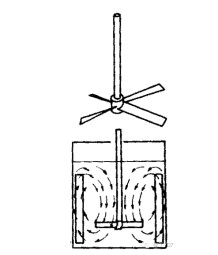
The paddle agitator is composed of paddles, keys, collars and vertical shafts. Impellers are generally made of flat steel or stainless steel or non-ferrous metals. The speed of the paddle agitator is low, generally 20~80r/min. The diameter of the paddle agitator is 1/3~2/3 of the inner diameter of the reactor, and the paddle should not be too long, and two or more paddles are used when the diameter of the reactor is very large.
The paddle agitator is suitable for liquid materials with high fluidity and low viscosity, as well as fibrous and crystalline dissolved liquids, and several rows of paddles can be installed on the shaft when the material layer is very deep. The folding blade type consumes less power than the straight blade type, and the operating cost is lower, so the folding blade propeller is more used . Paddle agitators cannot be used in gas-liquid dispersion operations for gas retention and miniaturization. The speed of the paddle agitator is generally 20~100r/min.
2. Pusher agitator

The pusher agitator can make the material circulate in the reaction kettle when stirring, and the role is mainly volumetric circulation, with small shear effect and good up-and-down churning effect. When a larger flow rate is required, a guide cartridge is provided in the reactor. The standard pusher agitator has three blades with a pitch equal to the diameter of the paddle. The diameter of the pusher agitator is about 1/4~1/3 of the inner diameter of the reactor, and the speed is 300~600r/min.
Features of pusher agitator:
axial flow agitator; The circulating volume is large and the stirring power is small; Simple structure and convenient manufacturing; Commonly used in low-viscosity fluids.
3. Turbo agitator

The speed of the turbine agitator is large, about 300~600r/min. Straight-lobe and curved-lobe turbine agitators primarily produce radial flow, while split-lobe turbine agitators primarily produce axial flow. The main advantage of the turbine agitator is that the mixing efficiency is still higher when the energy consumption is not large, and the agitation produces a strong radial flow. Therefore it is suitable for emulsions, suspensions, etc.
4. Anchor agitator
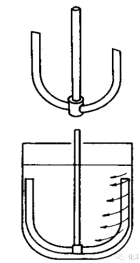
It is suitable for fluid stirring with viscosity below 100Pa·s. When the fluid viscosity is between 10~100Pa·s, a transverse propeller can be added in the middle of the anchor paddle, that is, a frame agitator, to increase the mixing in the middle of the container.
Features of anchor agitator:
Simple structure and easy to manufacture; It is suitable for materials with high viscosity and large processing capacity; It is easy to obtain a large surface heat transfer coefficient; It can reduce the generation of "hanging on the wall".

Specifications
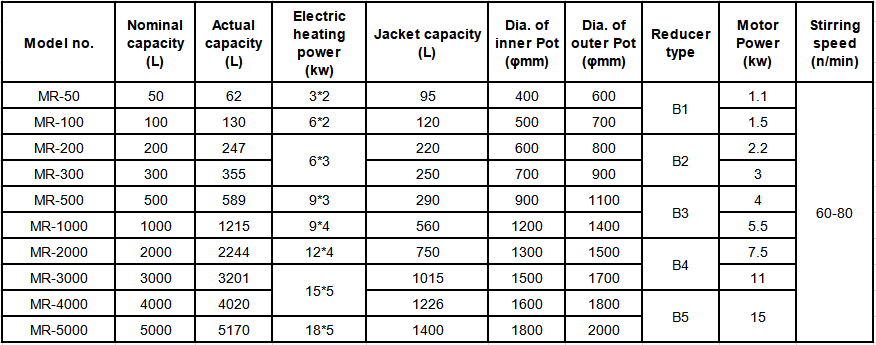
Our engineering team can walk you through the design process and help you choose the suitable mixing reactor that best fits your needs and at a price that will fit your budget. Please contact us for more information and obtain quotation concerning your request.

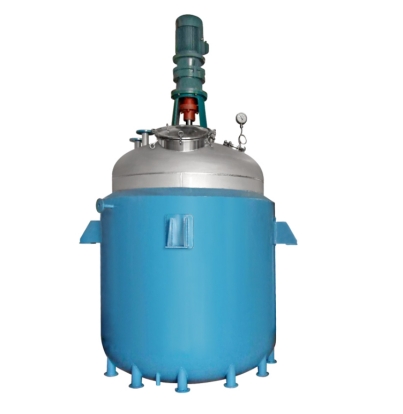

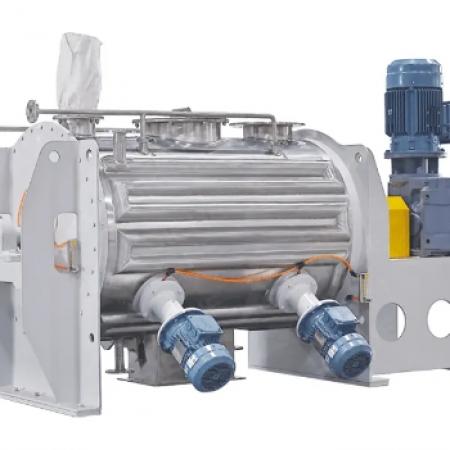
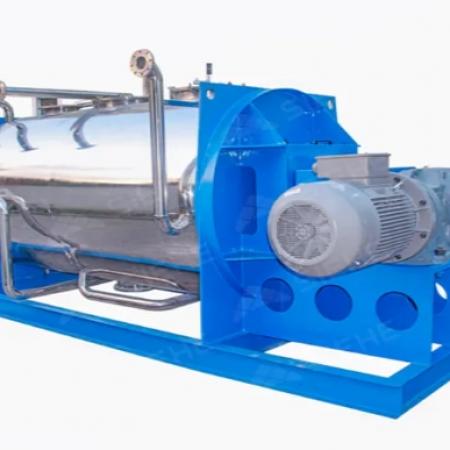

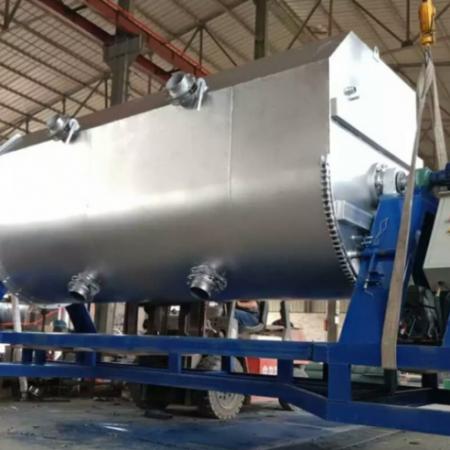
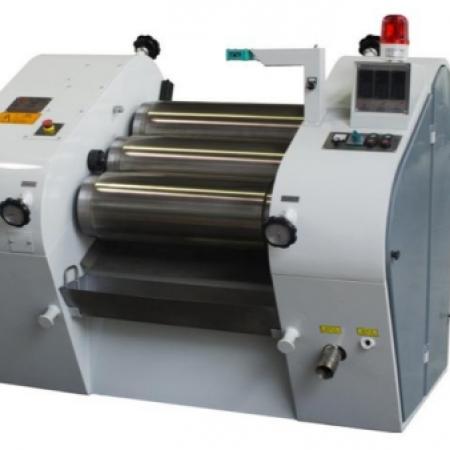
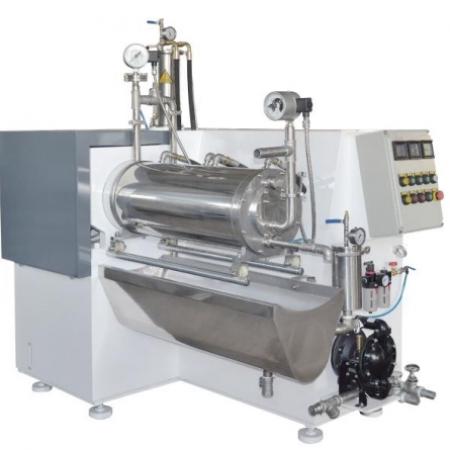
 jccms
jccms